15 Hidden Conditions that Might Affect the Project’s Budget
Planning a major renovation?
A major renovation is typically undertaken to revamp a home, add space and create a more functional layout that meets the needs of the household. During projects of a larger scale, many factors can increase the cost beyond the project’s budget.
The cost increase can sometimes be the result of homeowners deciding to install higher-end finishes or expanding the scope of work and getting things done while construction is underway. In other cases, the increased costs are due to existing issues in the home that cannot be identified prior to construction starting, as they were concealed behind the home’s finishes. Understanding what is involved in major renovations helps plan for the project’s success.
The demolition phase typically helps reveal items that can not be otherwise identified.
Those issues will need to be addressed as they could form a structural, health or safety concern or are defects resulting from previous poor workmanship, in order to produce a beautiful end result.
Some unforeseen conditions include:
Structural damage in basement walls due to weak soil conditions.
Damaged structural elements (beams, subfloor and studs) as a result of water leaks or termites.
Uneven subfloors due to joists not sized or spaced properly. This can also result from heavy weights on the floor for a long period of time such as large metal radiators.
Exterior sheathing, door and window sills rotten due to inadequate installation of the exterior water management system.
Wall framing not square.
Cracks in foundation walls leading to moisture penetration.
Electrical panel and wiring not installed in a clean manner. Or the panel location does not meet the code requirement and can cause a safety hazard.
Knob and tube wiring.
No insulation in the exterior walls.
Asbestos in ceiling panels, duct and hydronic pipe wrap, textured ceilings.
Buried underground utilities such as oil tanks leading to leaking and soil contamination.
Mould where moisture exists.
Rusted radiators and hydronic piping.
Pin holes in copper piping.
Clogged sewer laterals.
It is always recommended to set aside a contingency reserve to address any unforeseen conditions. Depending on the project size and scope, a reasonable contingency would range between 5% to 10% of the total construction cost. Planning for the worst-case scenario before starting the project helps keep the budget in check; and in the event that the home was found to be in a good condition, having additional funds for vacation is the outcome we are planning for!
The above list of items is not exhaustive. They may or may not exist in older homes. Each project has its own specific requirements which, when addressed by an experienced contractor, help maintain a smooth process. An experienced contractor would be able to communicate potential issues early on and have a strategy to address them as they arise.
Finally, a little bit of self-promotion! Our team has extensive experience with major renovations, working on full gut projects, underpinning, horizontal and vertical additions, etc. We would love to hear about your project and advise you. Feel free to reach out for a chat. We can also walk you through our predefined planning and construction process, designed to easily achieve a beautiful end result.
